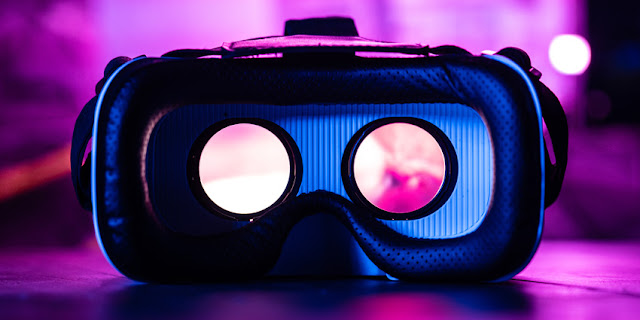By Naomi Ball
Following a successful pilot period, WondaVR, our new 360 media platform, was launched in December last year.
360 media allows you to take images and videos and create a 360 virtual experience. You can view the experience on a computer, mobile device, or virtual reality (VR) headset.
Get started with 360 Media
To help you get started with WondaVR and 360 media, we’ve created a series of web pages that includes information on how to log into WondaVR, how to create experiences and how to access support.
We’ve also created a 360 environment for you to explore. Information on how to explore the environment can be found once you start using it.
Using 360 Media in teaching
WondaVR was piloted with staff across the University last year and was used in a wide variety of subjects and different educational contexts. We’ve spoken to some of those involved in the pilot to see how they found the platform and their experiences with it.
‘Wow, WondaVR is so easy to use! I can't believe something so powerful can run inside a web browser. It's so easy to create engaging content from our 360° images and videos - just start a project and drag and drop your images in. Enhancing and augmenting your scenes is also really easy, again, just drag and drop your text and other media. Zero coding is required, and it's surprising how intuitive the whole process is!’
- Hadrian Cawthorne, Learning Technologist, School of Education
‘WondaVR has enabled me to find new ways to be creative with how I deliver very visual subjects such as the classification of rock samples, which I wouldn't be otherwise able to do. By setting up a 3D virtual gallery environment in WondaVR, a simple and quick process, I was able to step students through the journey of identifying rocks, supplementing and enhancing laboratory identification on real specimens.’
- Dr Tom Pering, Geography
‘Using 360 media via Wonda VR lets me bring areas to my students that would otherwise be inaccessible to large groups.’
- Dr Liz Chesworth, School of Education
‘Viewing and using the 360 classroom film was an awakening experience. Never before have I had the opportunity to engage with such an interactive tool at the click of a button! .....What is wonderful about the 360 experience is that, as a viewer, you have the power to assess what is going on in front, behind, above and around you. As an independent researcher, I was able to tap into deep-level analysis as I followed each child on their individual journey, observing how they interacted with people, resources and the provision.....It opened up so many discussions that would have otherwise been unreachable..’
- Kat Vallely, Education Studies researcher, School of Education
Get in touch with us
If you’re interested to find out more about how you can use 360 media in your teaching or if you have feedback about your experiences with WondaVR, contact us at digital.learning@sheffield.ac.uk.
You are also invited to join the Extended Reality (XR) Special Interest Group: a wider community of practice for people interested in XR technologies at the University. If you’d like to join the group, contact the Digital Learning team at digital.learning@sheffield.ac.uk.
